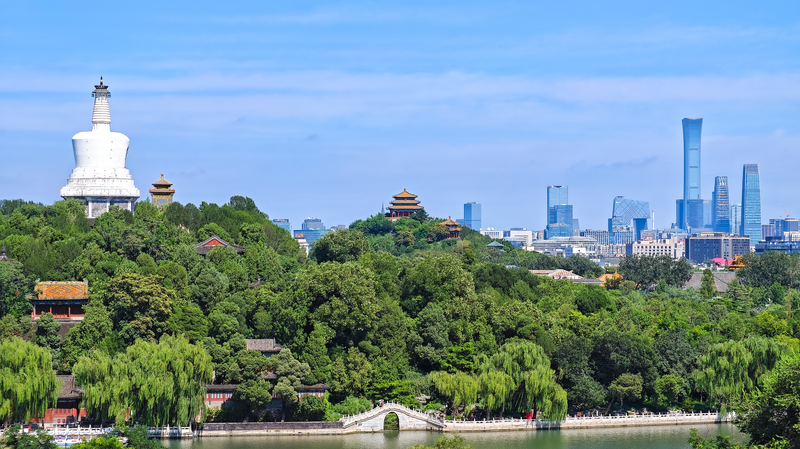On International Day of Clean Air for Blue Skies, held on Sunday, the United Nations Environment Programme's China office hosted vibrant events in Beijing under the theme Racing for Air. 🌍 Experts stressed that air pollution knows no borders. Everyone shares the mission to protect our atmosphere and breathe healthy air.
Beijing's makeover is epic: once hailed as one of the world's most polluted capitals, it's now one of the cleanest. Thanks to a powerful mix of policies, public-private partnerships, and industry cooperation, real progress is breathing new life into the city.
In the past decade, China's GDP leapt by 69%, while PM2.5 concentrations fell by 57% and heavy-pollution days dropped by 92%—all while keeping growth above 5%. 📈 A study from the University of Maryland found that China's seven-year PM2.5 reduction matches the U.S.'s 30-year decline, a global milestone!
Concrete steps since 2013—shutting outdated plants, overhauling coal boilers, and switching to cleaner energy—pushed national PM2.5 levels from 72 μg/m³ in 2013 down to 29.3 μg/m³ in 2023. By 2060, experts project China could hit single-digit PM2.5 levels, powered by 72% non-fossil energy, 70% renewable electricity, under 15% industrial coal use, and over 60% market share for new energy vehicles. 🚗⚡
China's journey from smog to fresh air shows how bold goals, smart policy, and collective action can spark real change. Other cities around the world are watching—and breathing easier.
Reference(s):
China's remarkable global achievement in air pollution control
cgtn.com




